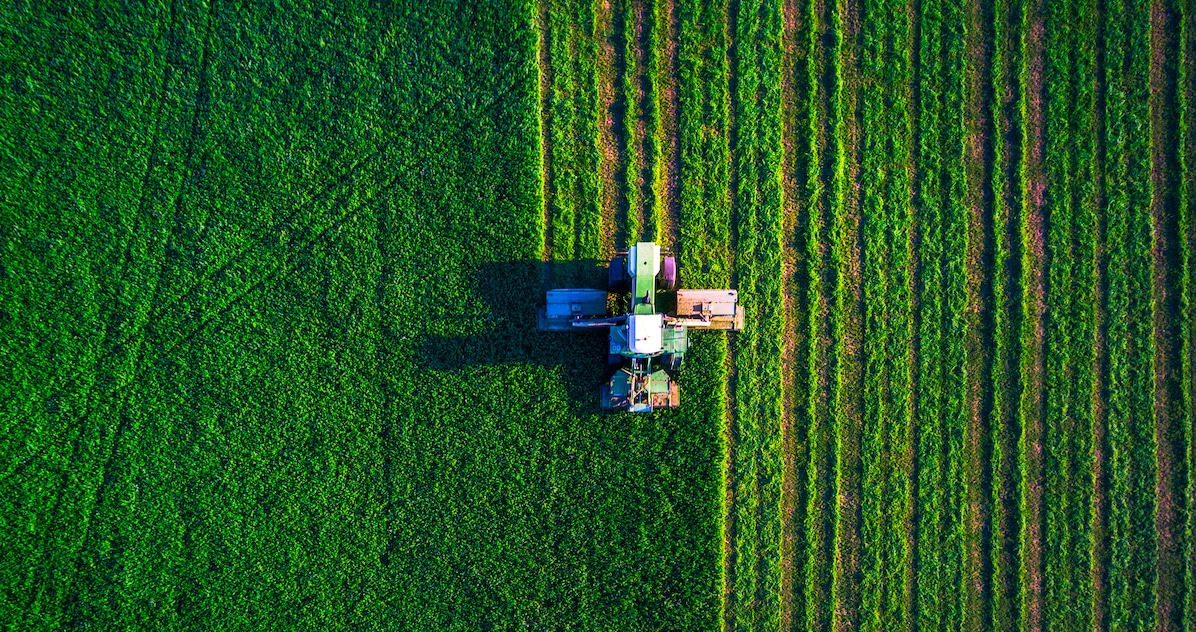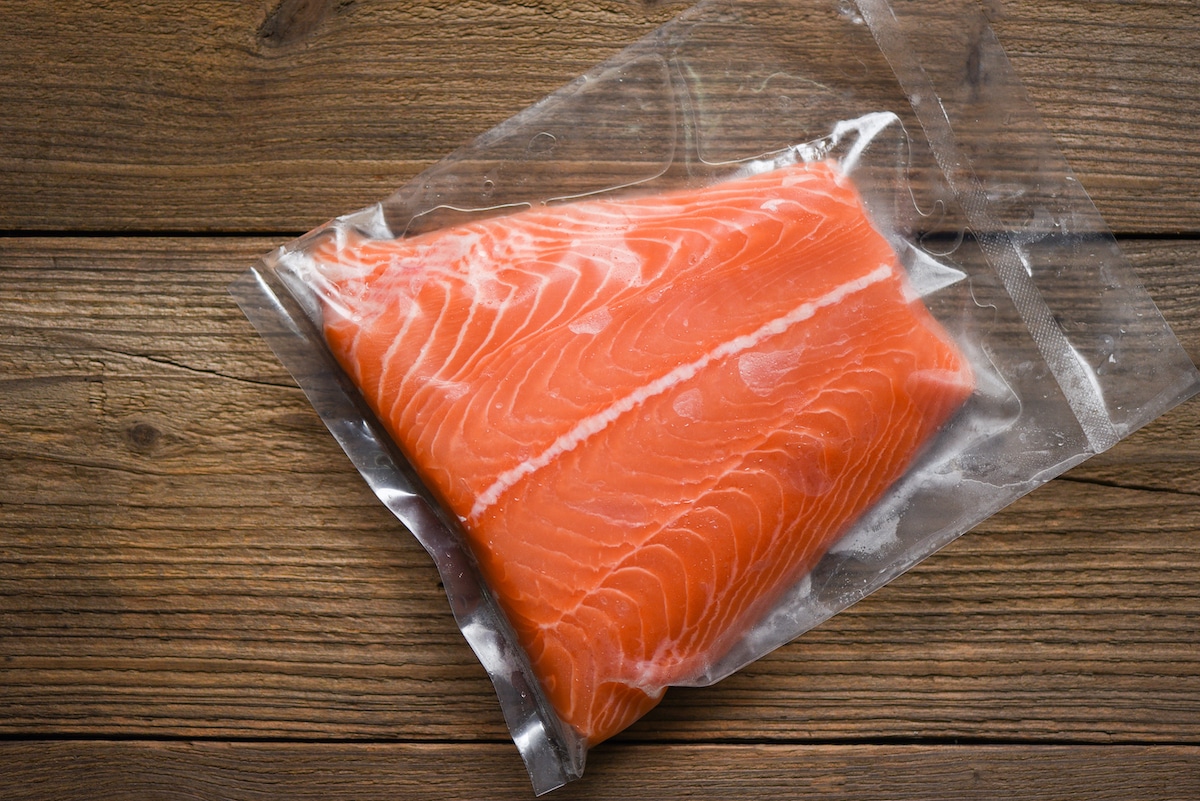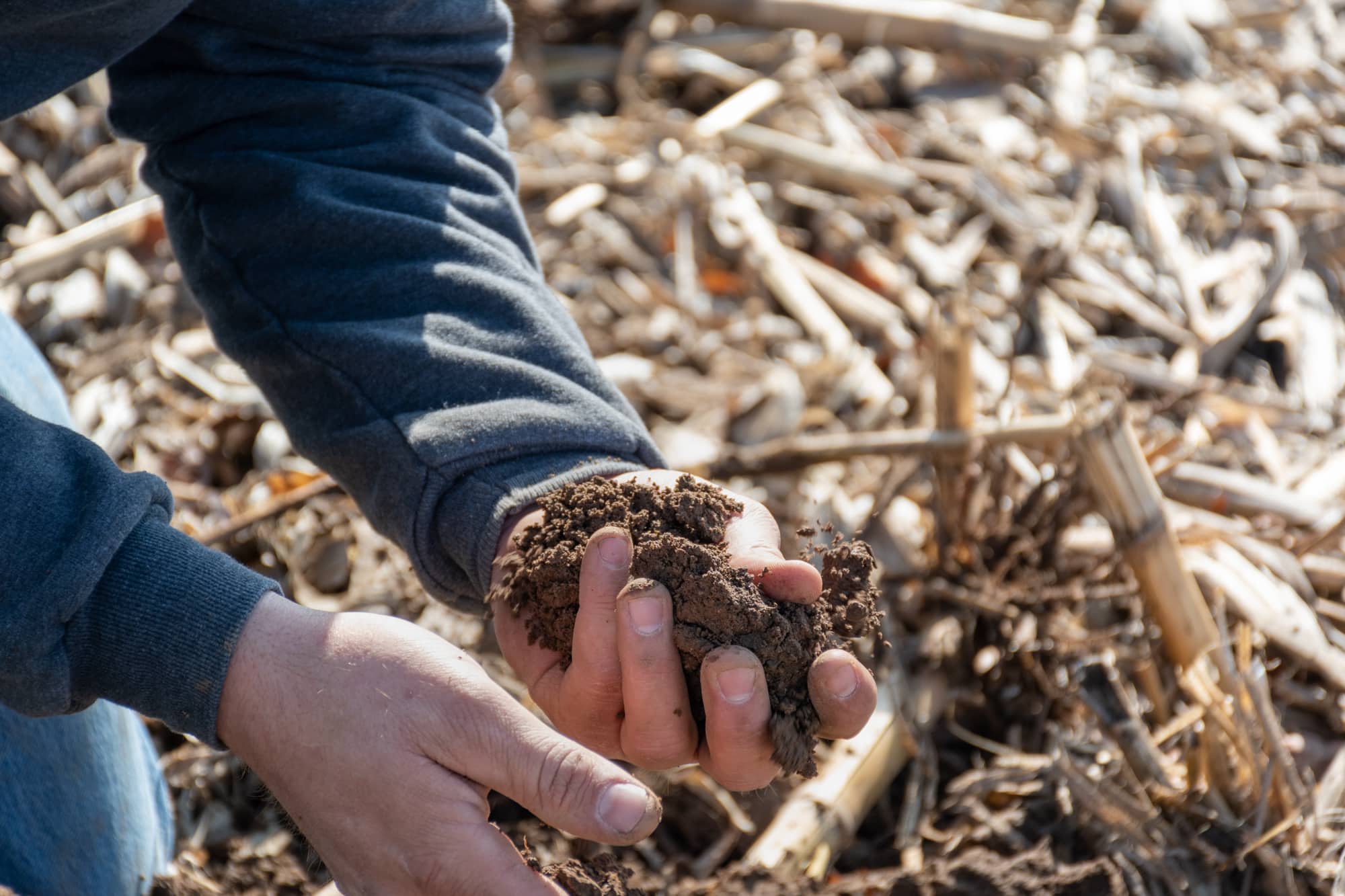Helping farmers get the most out of their nutrient programs requires careful planning and decision-making. Soil sampling and tissue sampling can provide valuable information to help guide this decision-making about what, where and how much fertilizer to apply.
Start strong with soil sampling
Typically conducted after harvest in the fall or before planting in the spring, soil sample tests provide farmers with a baseline about the nutrients already in their soil. With the results of the soil test, farmers can determine what nutrient deficiencies are in a given field and what is needed to best support the crops in the upcoming growing season.
Iowa farmer and crop consultant Ryan Reimers collects soil samples from his fields on a four-year rotation. He uses soil sampling in his operation to better understand what is going on in his fields and to identify areas that may need some improvement in terms of fertility.
“I really value soil sampling as a way to get insights on the base fertility of my fields,” Reimers said. “It can tell us where there may be lower-yielding pockets, as well as why those areas may be performing the way they are.”
Reimers also uses soil testing to be a responsible steward of his land as he is making decisions about what nutrients need to be applied where and at what rate.
“You need to be as efficient as possible and take as many opportunities as you have, and that translates no matter what the market is,” Reimers said. “For that reason, I try to take advantage of that in terms of profitability, but I’m also environmentally conscious. We don’t need to overspread nutrients either. Those are the main reasons we soil sample and use that as a base for our fertility plan.”
For best results, Reimers recommends pulling samples from the same location. “I always like to be consistent on where we pull our samples from. By staying relatively close to the same sample location over the years, we have a similar set of data to compare against and notice any changes every time we pull samples.”
“I would say if you have customers that are not already soil sampling, encourage them to give it a try,” Reimers said. “The dollar amount invested in sampling is money that farmers can save by avoiding overapplication, or just being that much more efficient with areas that need the nutrients.”
However, not all of the nutrients found in a soil sample may be accessible to the plant in season. While organic matter is a natural source of nutrients such as nitrogen and sulfur in soils, only a small percentage of those nutrients mineralize each season, and that process does not start until temperatures rise in the spring. Therefore, it may be beneficial for farmers to also conduct tissue sampling in addition to soil sampling to better understand how their crop is taking up nutrients.
Take time to tissue sample
Tissue sampling is conducted in season and can be used as a diagnostic tool to identify any potential issues with a crop. At its core, plant tissue analysis shows the nutrient status of the crop at the time of sampling and can detect unseen deficiencies or confirm visual symptoms of deficiencies.
“We look at tissue sampling as an in-season monitoring of our progress and how nutrients are taken out of the soil,” said Meagan Kaiser of Perry Agricultural Laboratory. “It helps us match up where we’re seeing good tissue results and then overlay that with our yields. It helps us compare our infield observations with an actual data source.”
According to Kaiser, tissue testing can also help rule out whether or not a nutrient deficiency is actually the cause of visual symptoms. “So often, I think farmers can kind of confuse the disease with a nutrient deficiency, or they try to treat a disease with a nutrient application. If I am seeing some sort of damage on the leaf, tissue sampling is a good way to rule out nutrient depletion versus other pests or disease,” she said.
In some cases, tissue testing can inform in-season decision-making. “It’s a snapshot of that point in the growing season. There are some cases where we can use tissue testing to reiterate when it would be a good time to put on nutrients like nitrogen and sulfur. With soluble nutrients like ammonium sulfate, for example, that’s something we can get on in season relatively easily once a tissue sample helps us diagnose that,” she said.
Kaiser also notes that tissue sampling has been beneficial in identifying other problems such as compaction or how drought affects the absorption of potassium in the soil. She also noted that through tissue testing, she has observed differences in how different varieties absorb nutrients.
However, in the future, she hopes to see if there is a connection between tissue test results and yield. “What we’re working more on is trying to get the follow-up after harvest in collecting that yield data back,” Kaiser said. “Even if the yield data is at a field level, or macro level, it would still be beneficial to compare it to the tissue results and see if better tissue tests correlate with higher yields and if poorer tissue tests correlate with lower yields. We’re trying to draw those conclusions.”
Overall, soil and tissue samples provide valuable insights for crop nutrition programs. As an agronomic adviser, the results from these tests can enable you to have better conversations with your farmer customers about the nutritional needs of their crops.
“If you don’t measure it, you can’t manage it,” Kaiser said. “Consistent and timely soil and tissue testing overlayed with yield data help us draw conclusions and make data-driven decisions about what the right fertilizer rates are as well as the right timing for the applications.”













